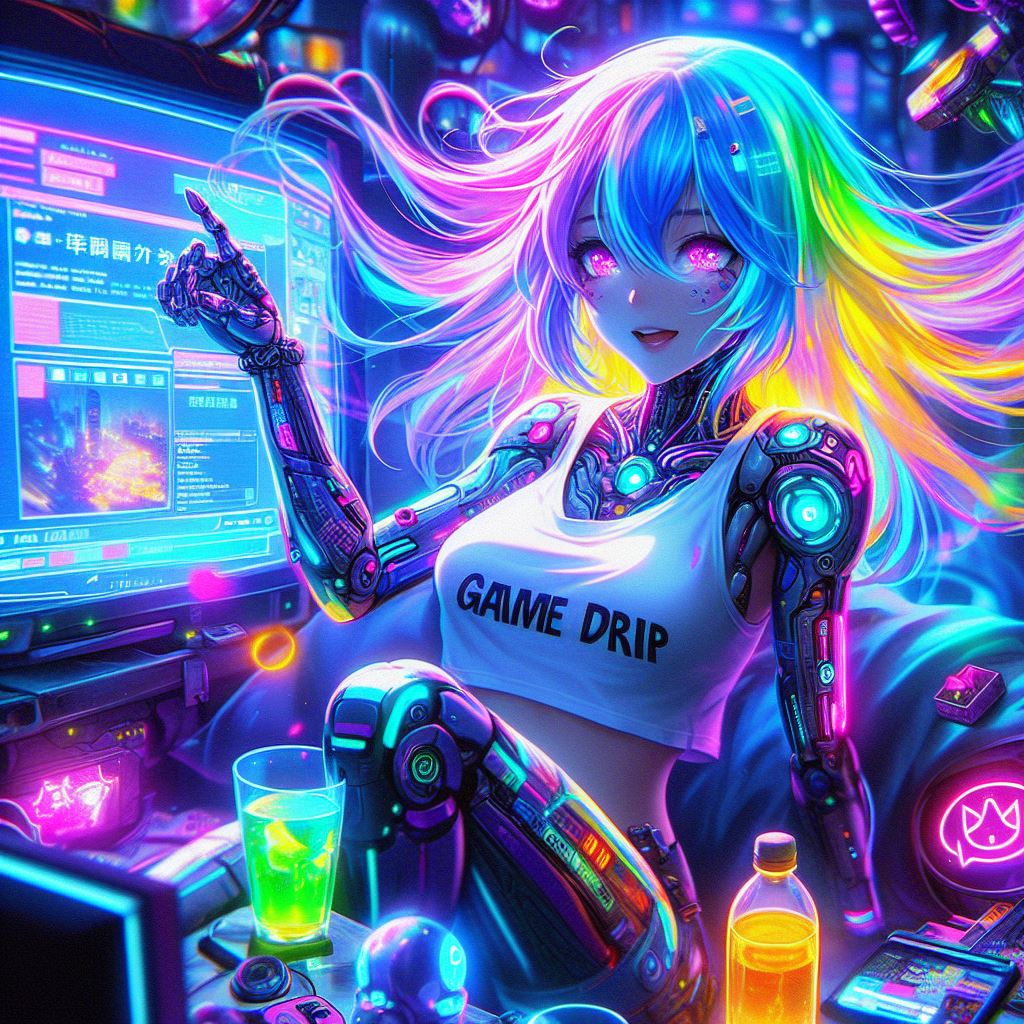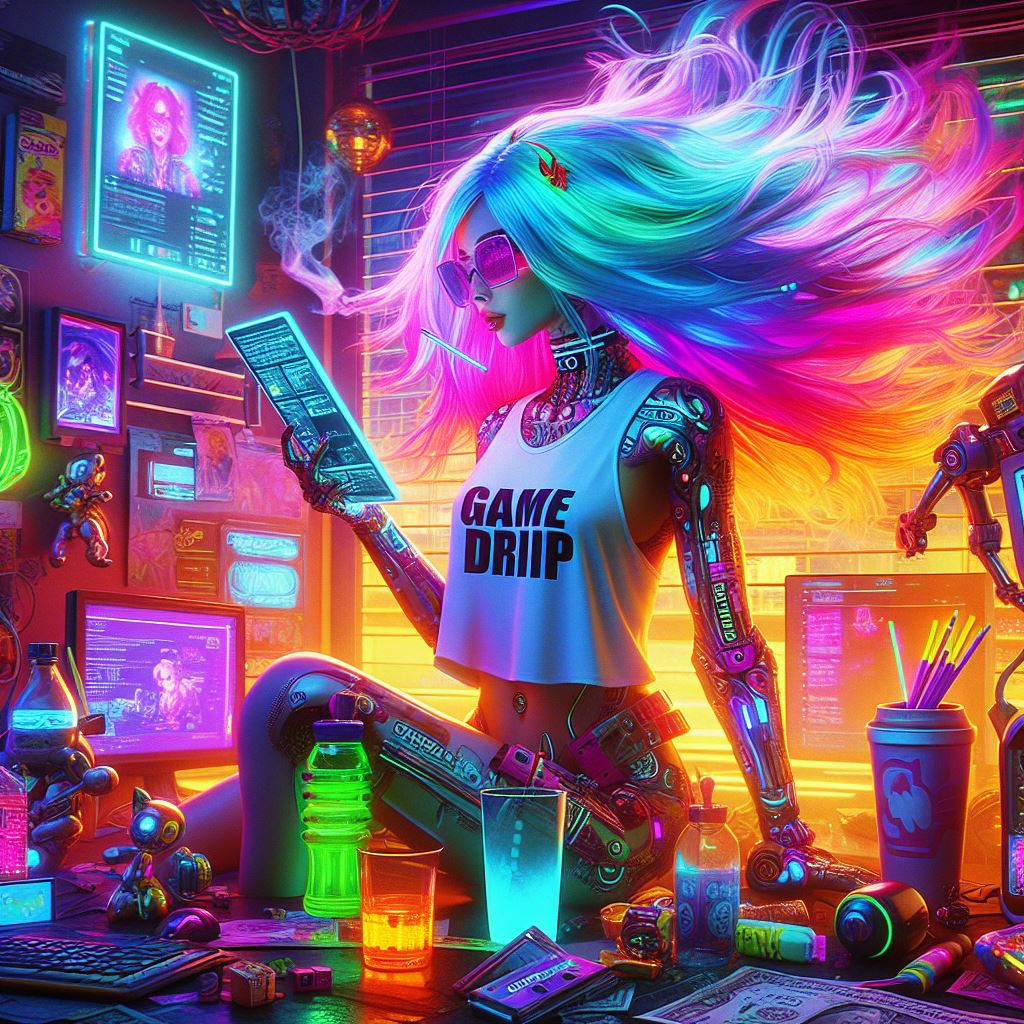As featured on New Minecraft Servers
#Pixelmon #complete
It has always been my dream to play a Pokémon game, where every single game could be played in one. As in, you could walk from Pallet Town in the Kanto Region, all the way to Spear Pillar in Sinnoh! I have had my own Pokémon game since the release of Diamond/Pearl and first started playing my brother’s copy of Fire Red from time to time. This was the golden era of Pokémon, gens 3-5 in my eyes with generation 4 being my personal favourite.

No one argues against that Platinum and HG/SS were some of the best games in the series. It’s not news to anyone that ever since Game Freak decided to convert their games to 3D models, the effort in the quality of the games has seemed to drop; in most cases only minor issues but there are also some major flaws in the most recent game. It now seems to be a far-off dream that Game Freak would make our dreams come true by making the ultimate Pokémon game where every generation is combined into one… so I decided to make it myself! That’s right, the goal of this server is to play the ultimate, COMPLETE Pokémon game! The plan is to make it so you can walk from one game, into the other, all interconnected!
Furthermore, Pokémon is not the only game that I have a deep connection with. I started playing Minecraft back in Alpha, early 2011. Over the years I have continued to play both of these games in great depth, through the drypoints of both games which makes me so happy to see the rise in popularity again! The Pixelmon mod is a great way to combine the potential of both games! The engine and programmability of Minecraft, and the gameplay of Pokémon! That’s what this server is all about! A brand new, complete, interconnected Pokémon game that uses Minecraft as the foundation.
This is a massive project that will take years to fully complete, but it will be done… one region, one city, one town, one route, one block at a time. Any support to the server of any kind, whether it be joining in on the staff team, construction team, ‘coding’ team, or even by donating directly to the server! Thank you so much for taking the time to read this, I hope you can see the potential that this idea has!
Lastly, I just want to give a mighty thank you to Abraham and Jaryn (who you might know as 2k and Aaronology respectively); without these two truly fantastic people I am certain this server wouldn’t even exist.
Kind Regards,Payden/Soukply






















